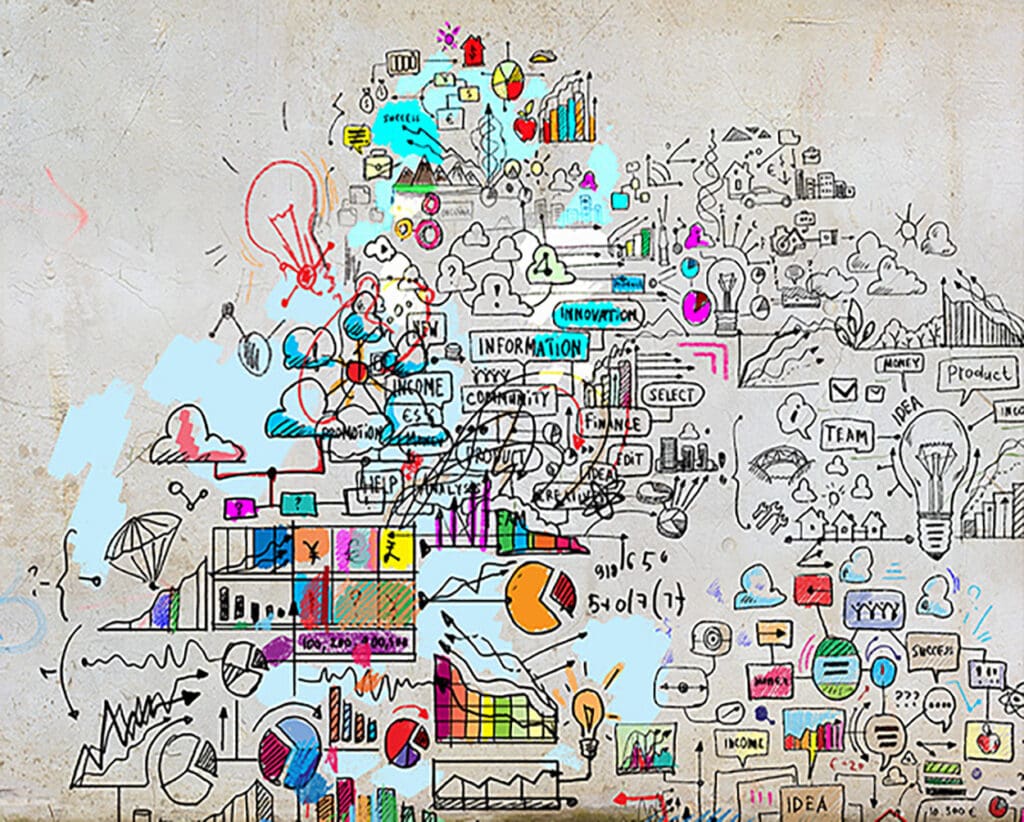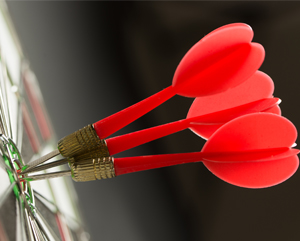How does contactless payment affect your marketing?
It is easy to fall into the trap of thinking that marketing operates in its own bubble and is not impacted by small, material concerns of the outside world. When crafting big strategies, working with large volumes of data and building ideal customer profiles, losing sight of the fact that all of these factors are co-dependent on the practicalities of purchasing can be dangerous.
Take, for example, the decline of cash due to the rise of contactless payments. Although this change may seem incremental or even insignificant, this move towards a cashless society is very important. It has a profound impact on the psychology of purchasing decisions and spending habits, and thus you need a cashless marketing strategy. An exploration of the impact of contactless payment is therefore timely! Marketers need to adapt to this changing environment.

The rise of contactless
The steady increase in contactless payment has happened seamlessly, quietly and incrementally. Few have stopped to think about the cashless marketing implications. In a very short space of time, bricks-and-mortar stores have had to adapt. They have gone from charging their customers transaction fees for card purchases to visibly groaning when forced to handle cash.
In July 2017, The Guardian reported that ‘for the first time, notes and coins have been toppled from their position as the UK’s number one payment method,’ with ‘cards now account[ing] for more than half of all retail purchases, according to the British Retail Consortium. Pointing out that it is a mere 10 years since contactless payments were first introduced to the UK, and that as recently as October 2015 the method only accounted for 10% of all purchases, this exponential rise in contactless has happened with striking speed.
According to eMarketer, ‘contactless card spending in the UK ballooned 223% in 2016 to total £25 billion.’ They point to the greater availability of contactless machines and the increased upper spending limit as key drivers of this increase. They showed that contactless spending rose across all demographics. Data also suggested that ‘consumers aged 60 and older had the fastest-rising adoption of contactless grocery payments.’ This flies in the face of conventional beliefs that this older demographic is more resistant to and less trusting of technological change. These insights suggest that the permeation of contactless has been widespread.
The impact on purchasing psychology
This information is far more than simply a retail statistic applicable only to major supermarket chains or payment providers. These insights have a knock-on effect for brands and how they market to their consumers. Whether offering products or services, the impact of contactless payments on purchasing psychology should be fully explored by marketers.
According to an article by The Spectator contributor and Vice Chairman of Ogilvy Rory Sutherland, ‘in many ways the credit card is the greatest consumerist mind-hack ever invented’ and that ‘what you buy is surprisingly dependent on how you pay for it.’ Extending this logic to contactless payments, Sutherland believes that it will not be long before theatres, pubs and charity donations can be made without cash.
Changes are already visible in large parts of the London economy. The psychological distance that not having to part with physical cash is very interesting. This distance inevitably changes your relationship to spending. This makes you more likely to spend more and at greater speed since. You cannot see the money disappearing from your wallet so you’re less careful. You are also less emotional in your purchasing decisions. Plus, in the case of charity and voluntary sectors, you’re less likely to be committed to the cause you donate to.

What can marketers do?
Inherently reliant on the emotional connection between brand and consumer, this change in purchasing psychology poses a problem for marketers. The increase in spending can of course contribute to increased sales and better bottom lines. The question of how to connect with the consumer in a contactless age is a burning question. Confusingly, this questions is noticeable by its absence in marketing commentary.
One way that marketers can respond is by creating a sense of connection to the brand via other means. For example, bringing together contactless payments, loyalty schemes and personalised offers under the umbrella of an app. This has proved popular with coffee houses and big name brands like Café Nero. They allow customers to register their card with the app and then use it as the hub of brand interactions. This has the added bonus of acting as a data capture platform for marketers. It feeds back insights about which branches customers frequent and their regular order, allowing them to then better target cashless marketing campaigns.
We should see contactless as an opportunity to explore other avenues for connecting with customers. In doing so, brands can ensure that they do not get left behind by the cashless revolution. Although we may not be there just yet, understanding the developing psychology of purchasing will mean we’re ready for when it happens.
Want to talk about how to capitalise on cashless marketing opportunities? Get in touch.




